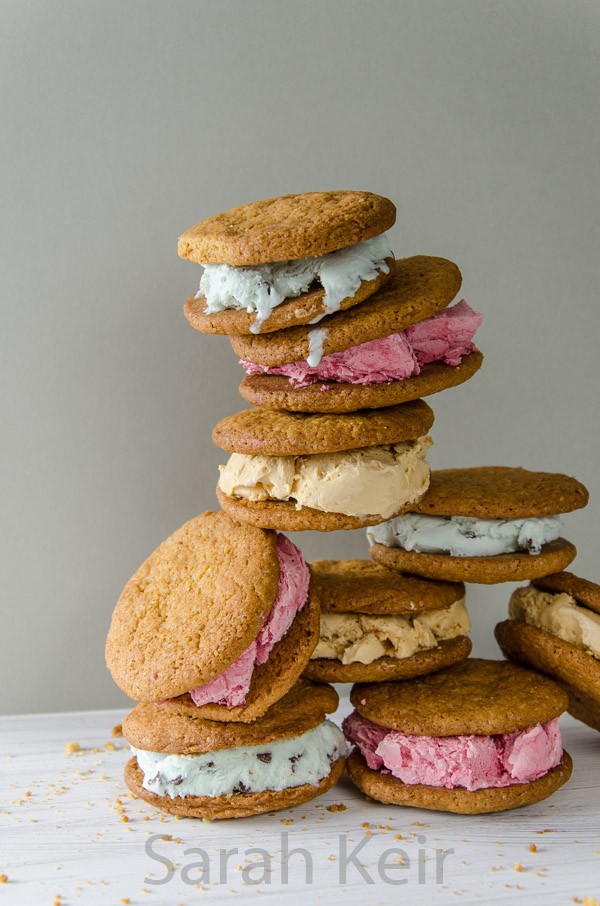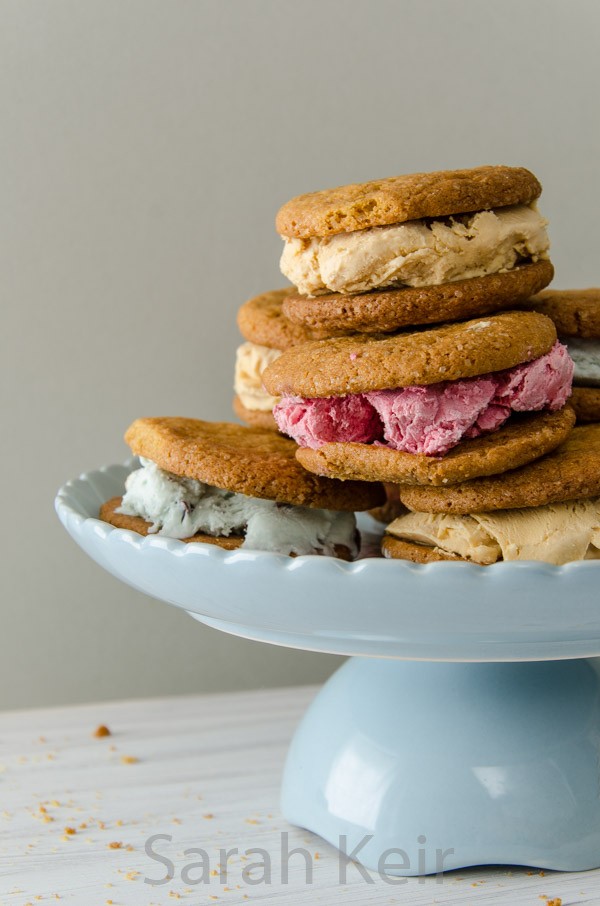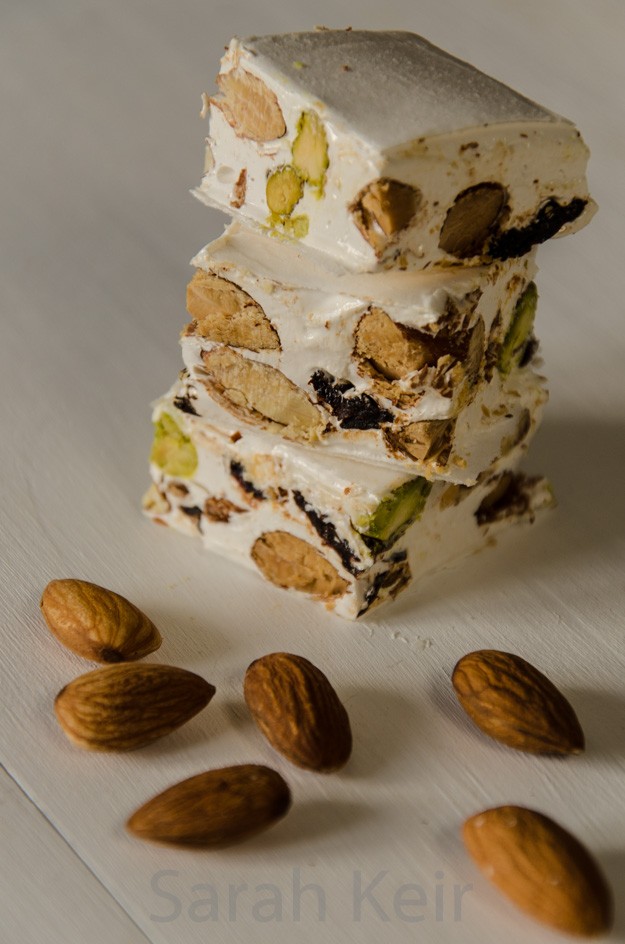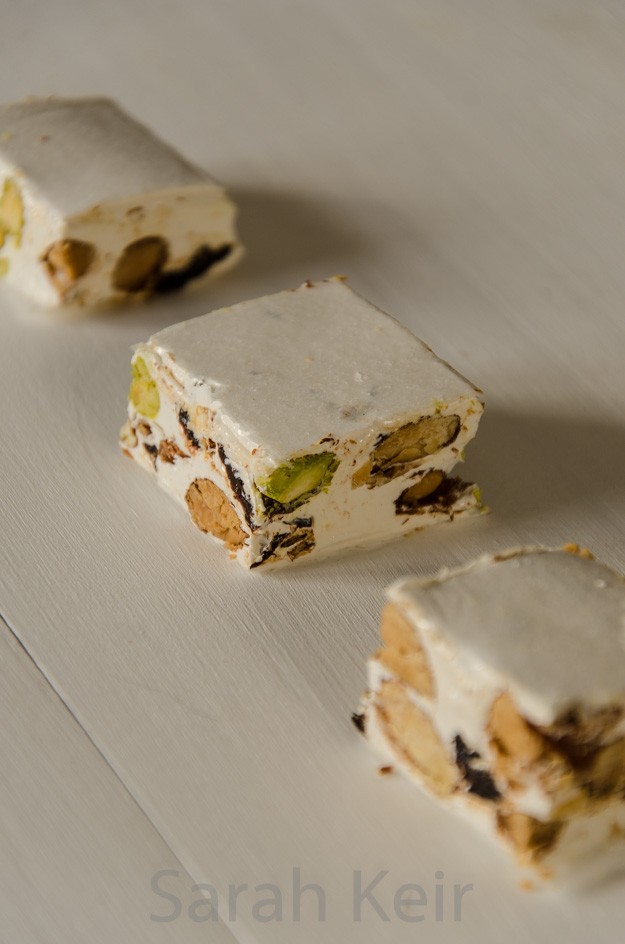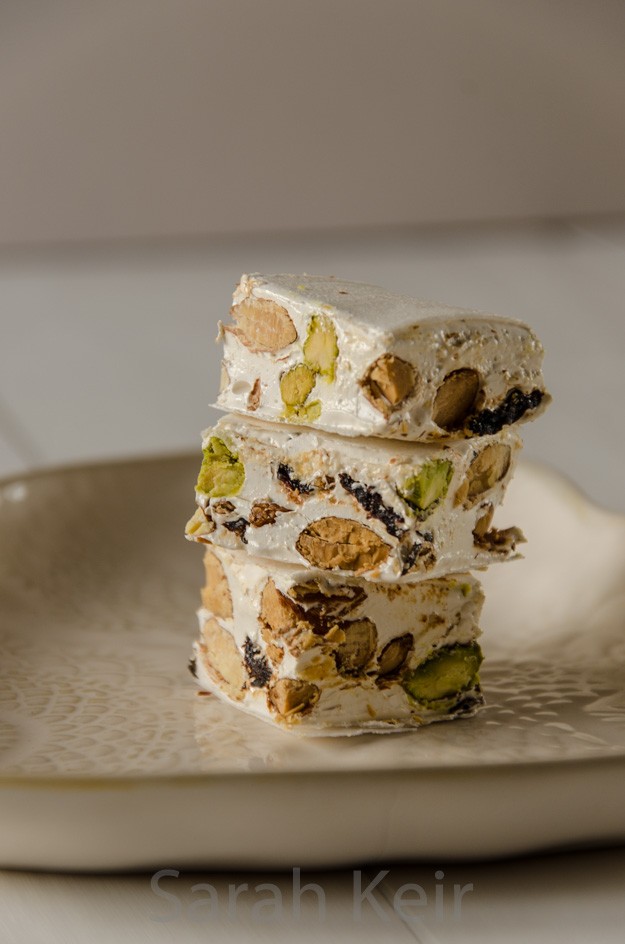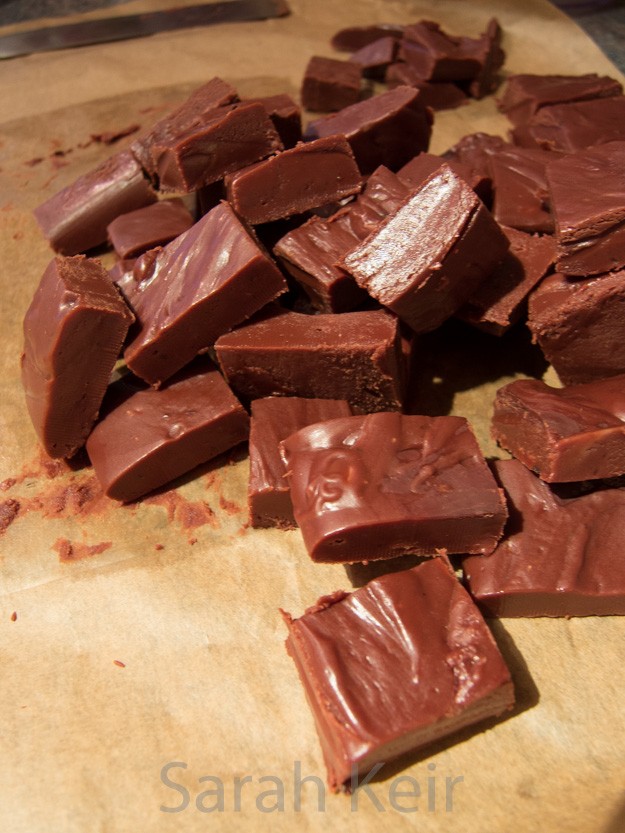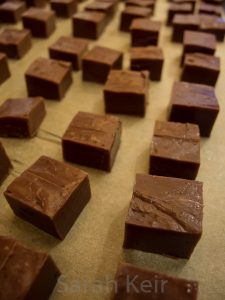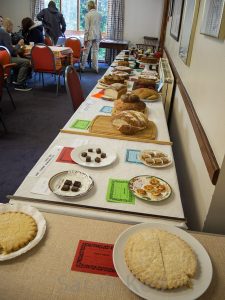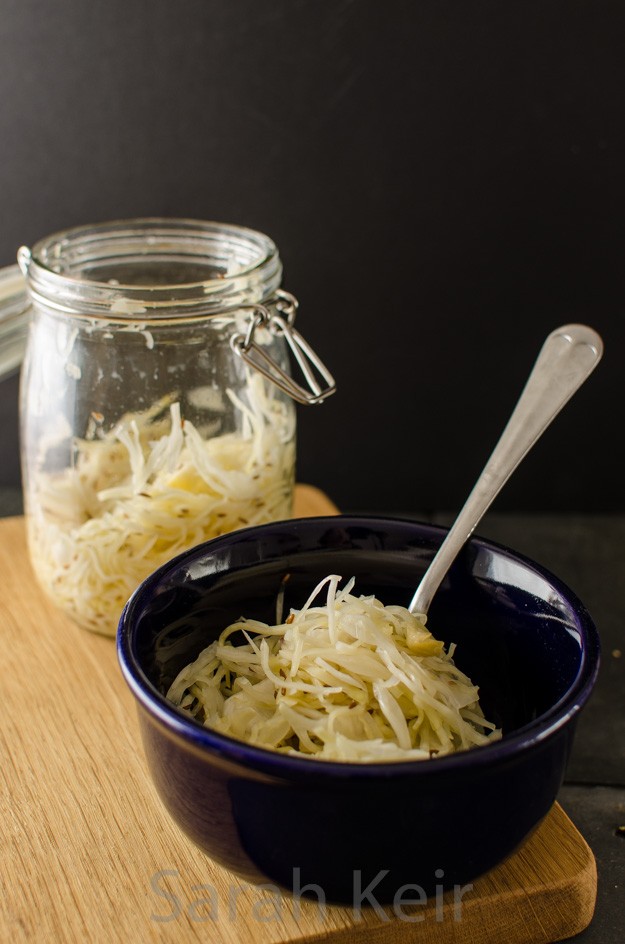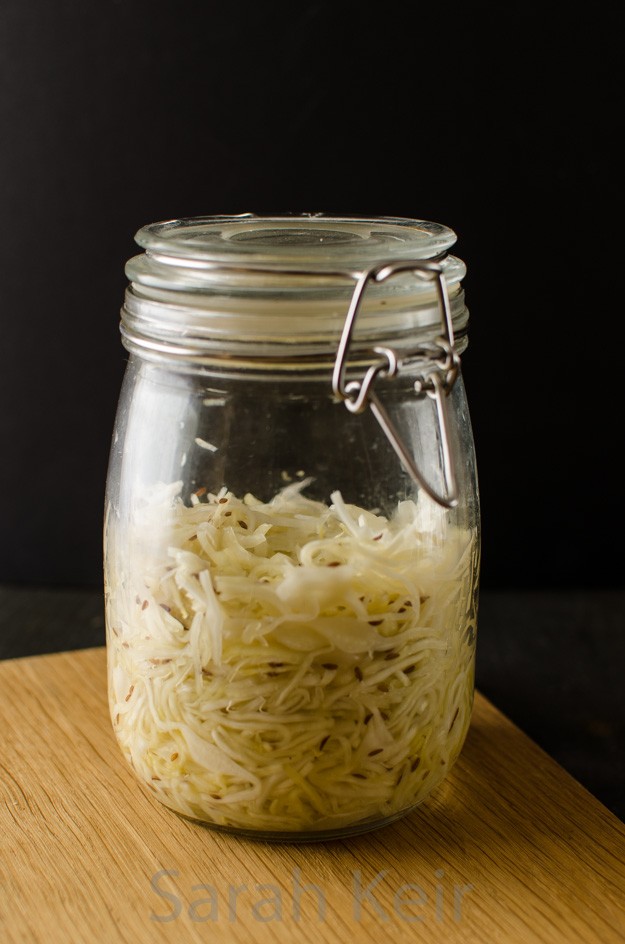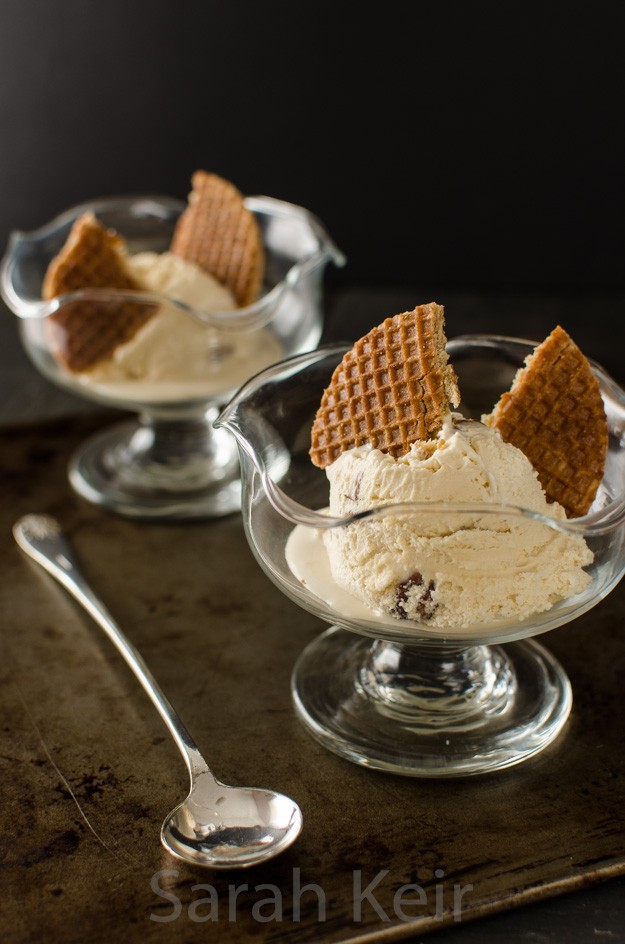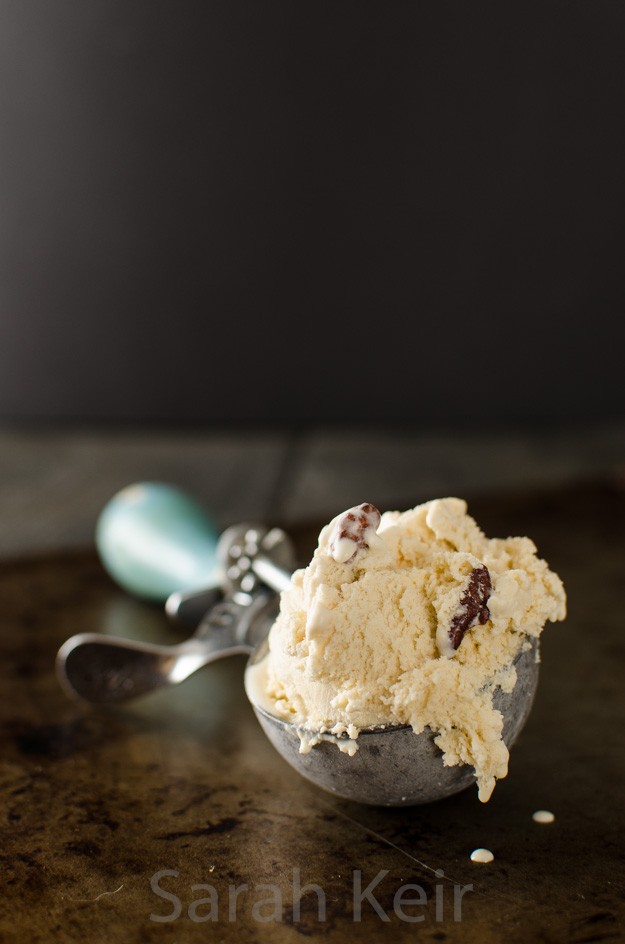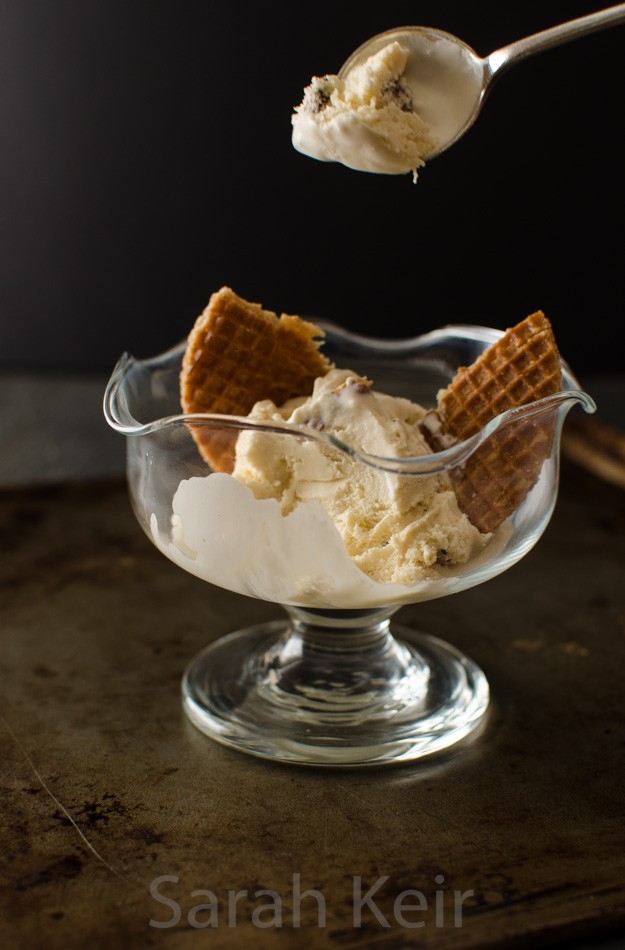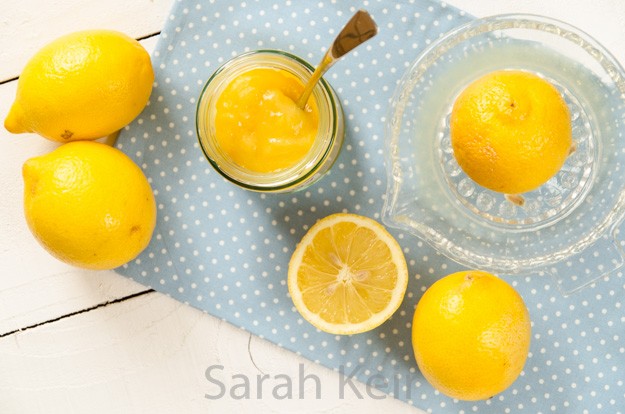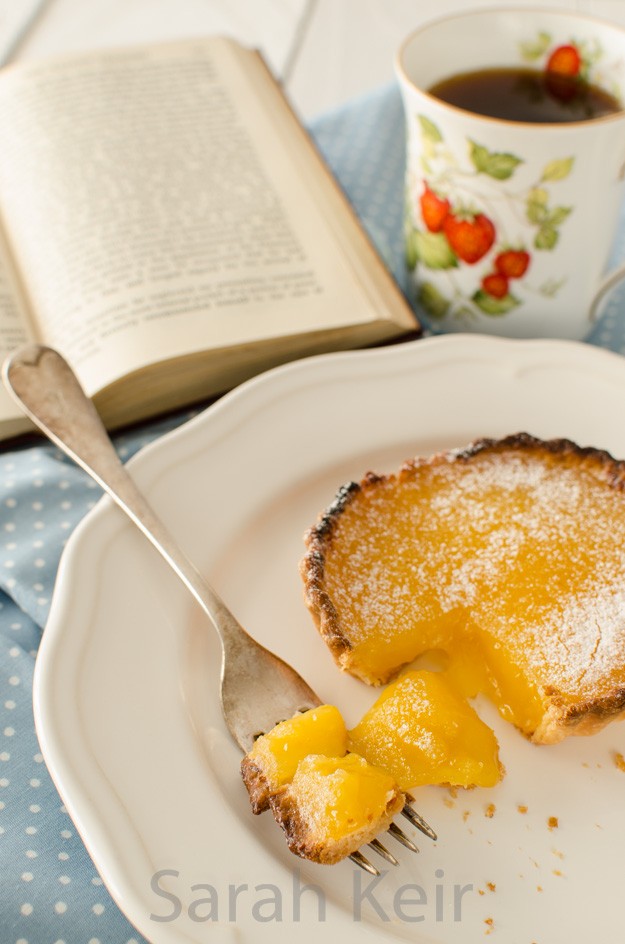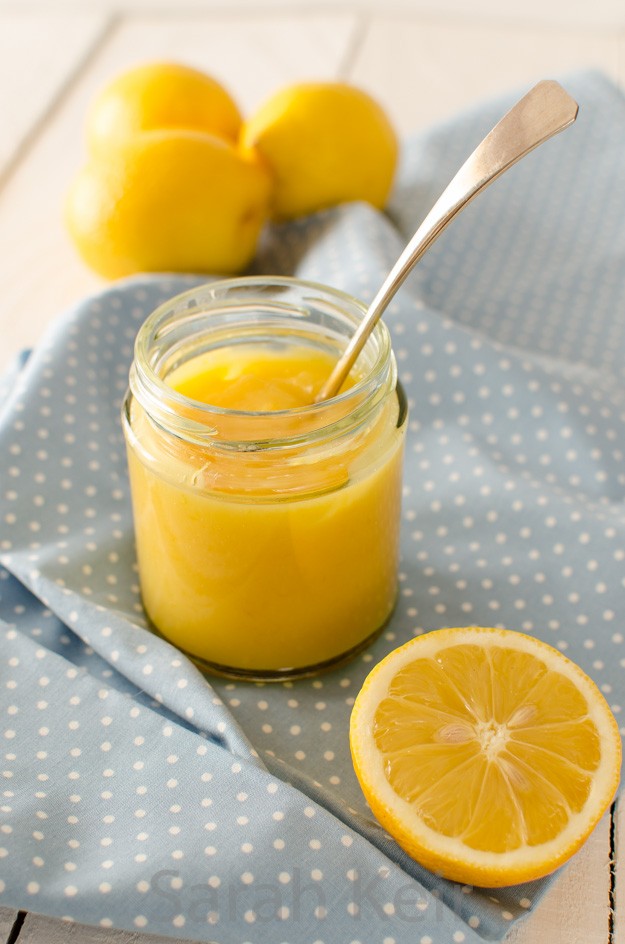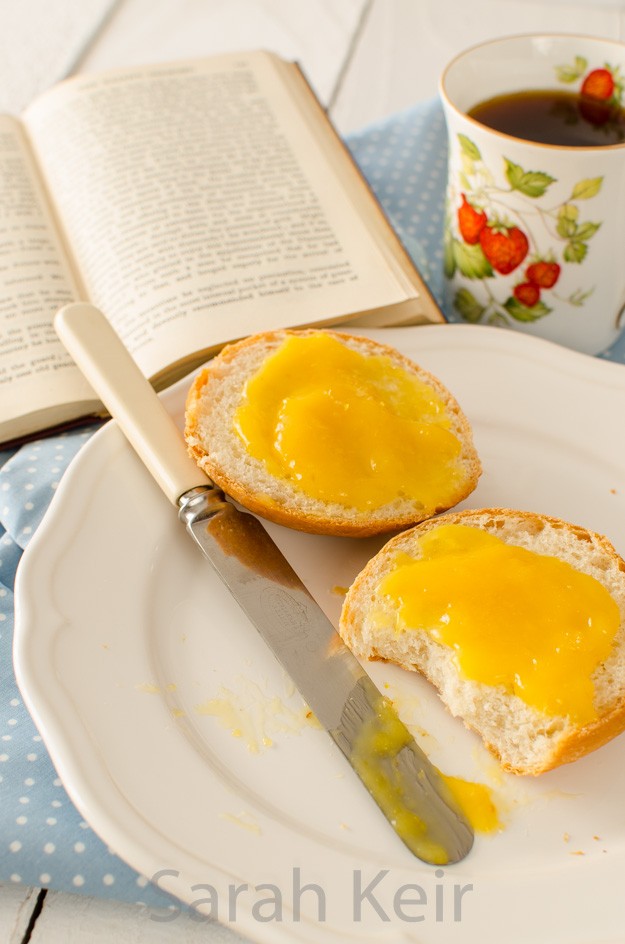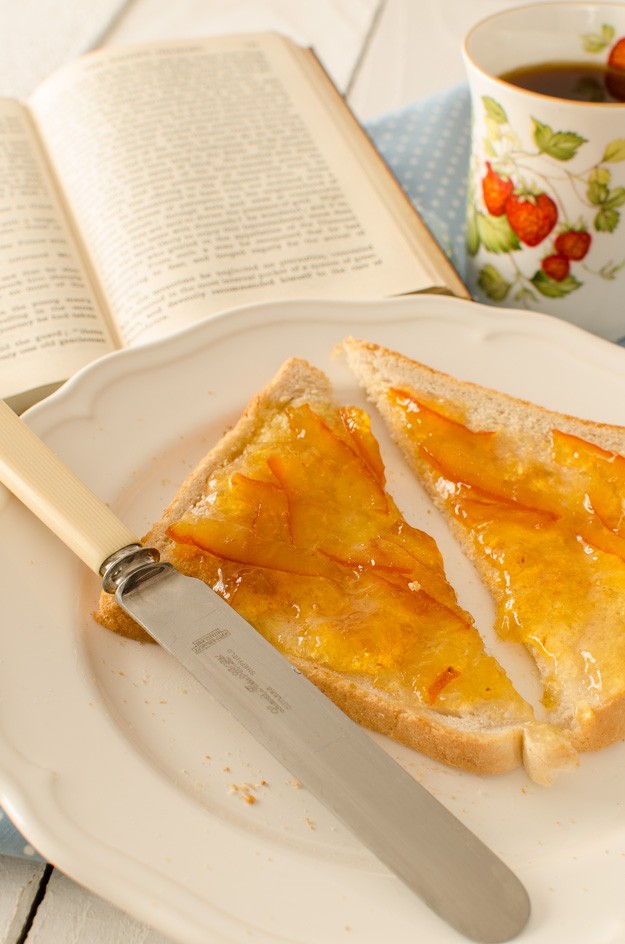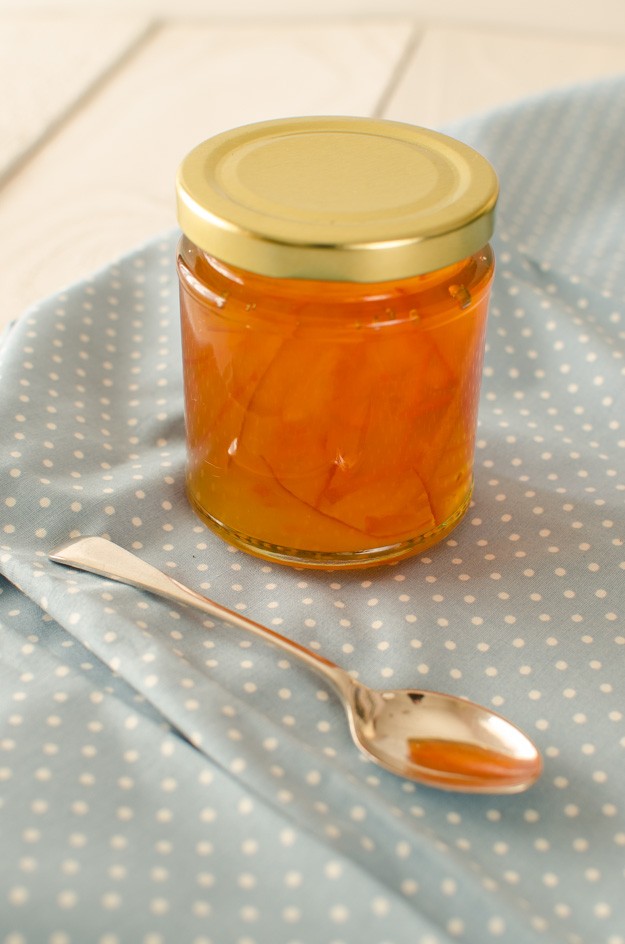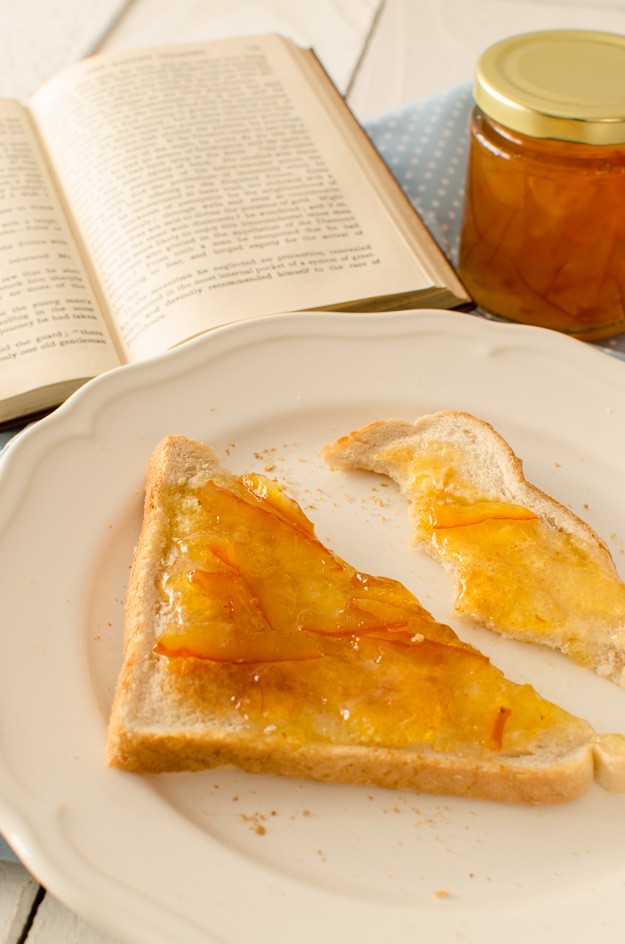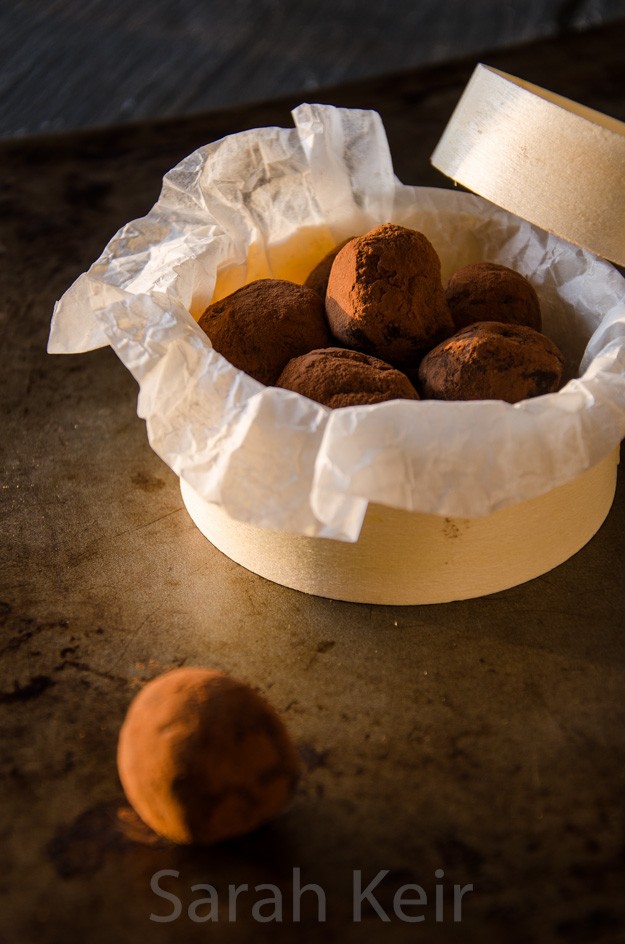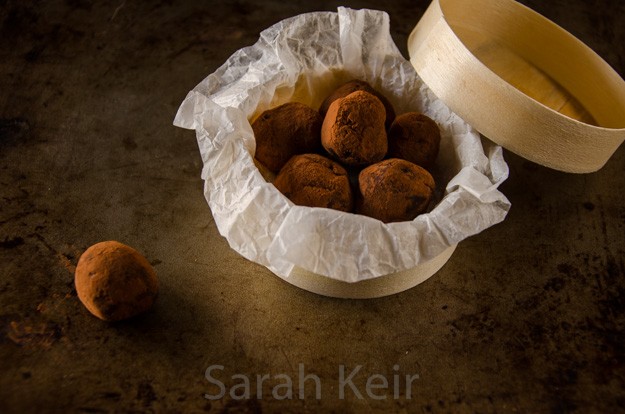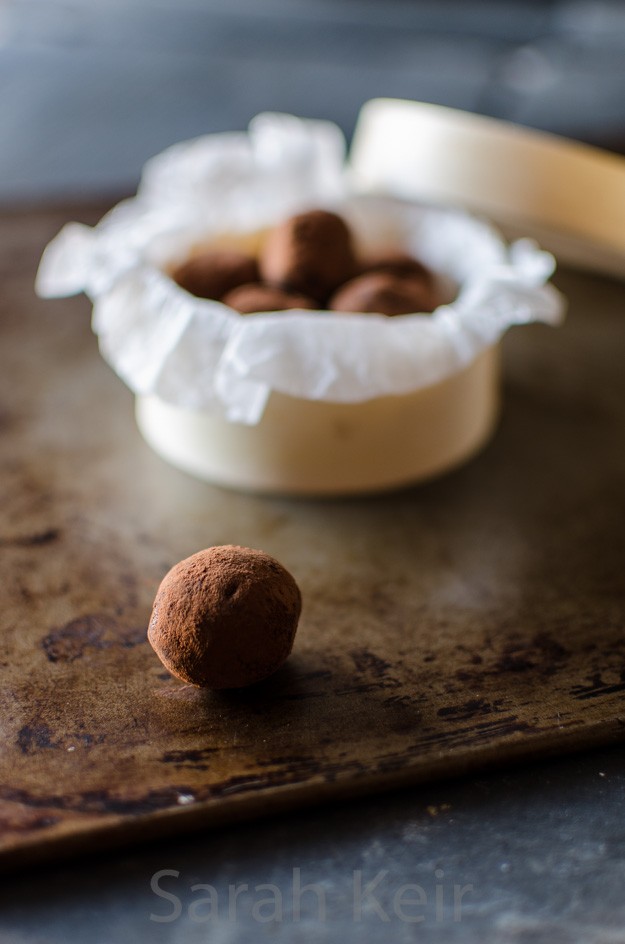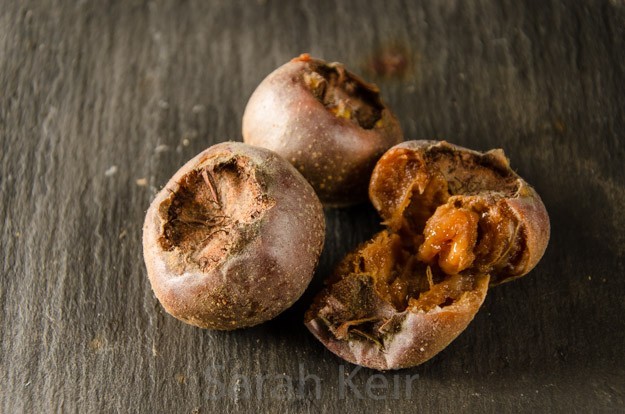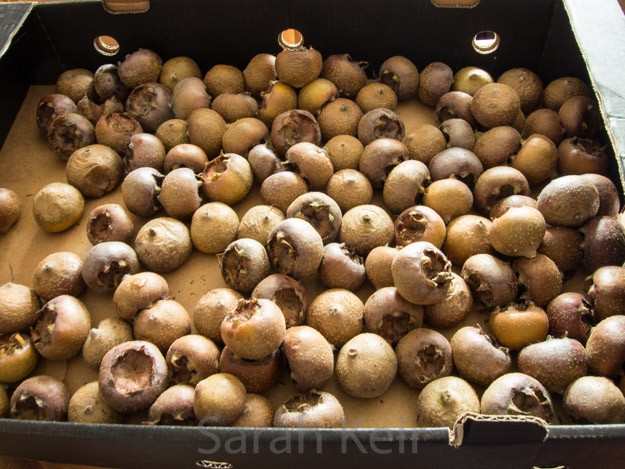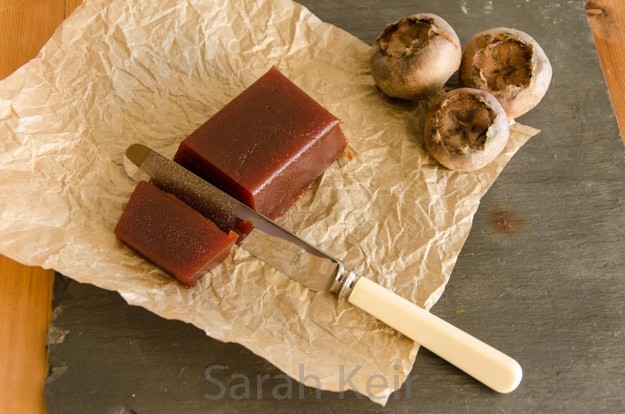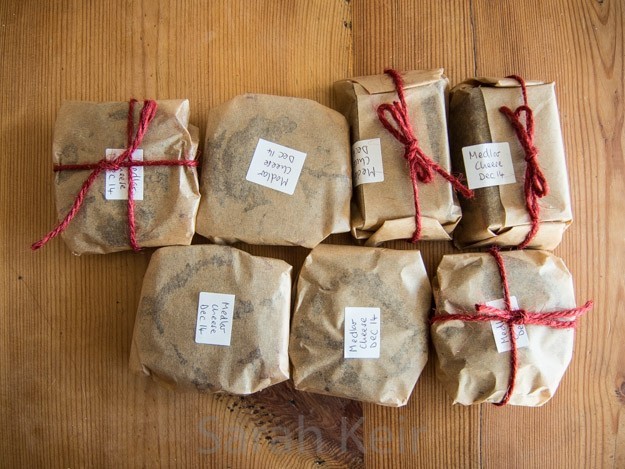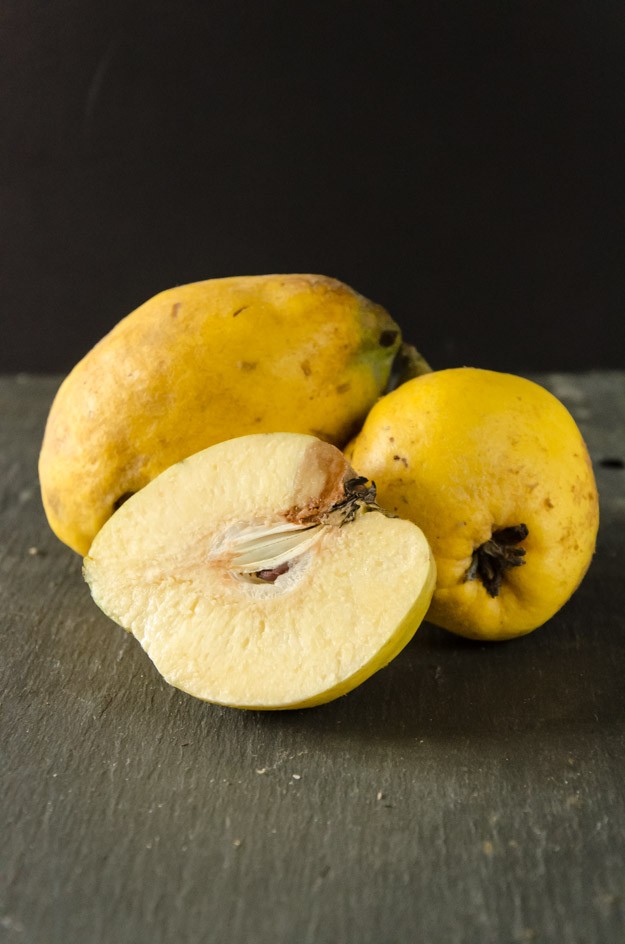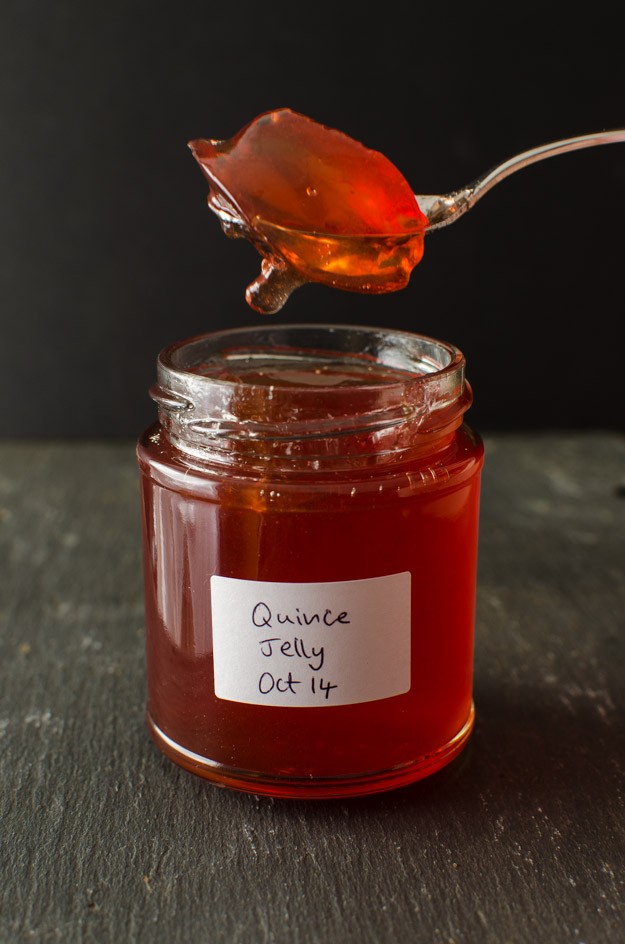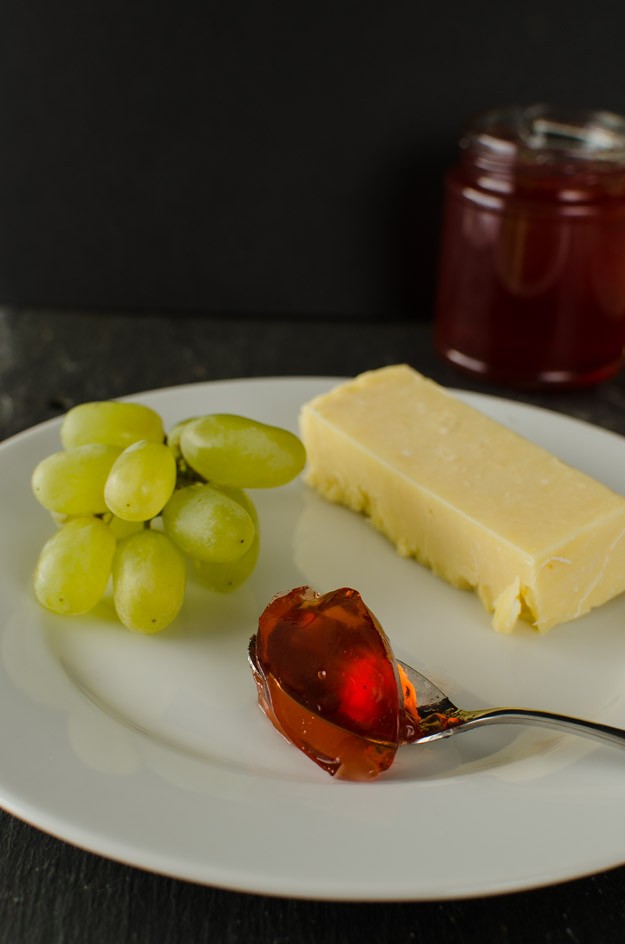It feels like summer has finally arrived; the schools are off so my commute to work takes half the time, the weather is warm enough to consider putting on a skirt or a dress (needs to be above 20°C for cold blooded me!), the lawns are looking a little yellow/brown, I can eat a meal outside (at least some of the time), my straw hat sits by the front door for walks in the evenings. And of course, ice cream. Not that I am against eating ice cream at any other time of the year, but in the summer the luxurious iciness seems perfectly, sublimely fitting. Almost magical, probably from reminiscences of a ‘rose-tinted’ childhood!
I was inspired to make this recipe by the ‘delicious’ magazine that fell through the letter box at the weekend – this was the front cover. Though this recipe has several parts, it did not seem onerous to make. I have to admit to actually making the yogurt to go in the recipe, but only because I had excess milk in the house; please don’t bother. The ice cream recipes are supposed to be ‘non-churn’ but the raspberry ice cream was so hard that even after one hour out of the freezer, I needed to use a knife to get it out of the tub!! So I have amended the recipe so that it should not set as hard as concrete. Similarly, do not feel obliged to make ice cream at all; you can buy decent gelato at any supermarket (I admit to having a particular fondness for the cheap mint choc-chip – probably something to do with the Viennettas of the 80’s!).
IceCream Cookie Sandwiches
Makes 10-12 cookies; they will keep in an airtight tin for a few days. The recipes make far too much ice cream for the cookies but it will keep in the freezer for a month.
FOR THE COOKIES
100g unsalted butter, soft
100g caster sugar
100g demerara sugar, plus extra to sprinkle
1 medium free-range egg
1 tsp vanilla paste
165g plain flour
1/2 tsp bicarbonate of soda
1/4 tsp fine salt
1. Heat the oven to 200°C/180°C fan and grease 2 large baking sheets with flavourless oil. Mix the butter and both sugars with a stand or hand-held mixer until pale and fluffy. Slowly add the egg and vanilla, then beat in the dry ingredients.
2. Spoon the mixture on the prepared trays; half a dessert spoon was about right. Scatter with extra demerara sugar. Bake for about 8 minutes until golden around the edges and cracking in the middle. Remove the sheets from the oven and allow the cookies to cool for 10 minutes before removing with a spatula to a cooling rack to cool completely.
FOR THE SALTED CARAMEL ICE CREAM
397g can Carnation caramel (I used home made salted caramel sauce as I had it left over from making chocolates)
350ml double cream
200ml full-fat greek yogurt
A large pinch sea salt flakes (if not using salted caramel!)
In a stand mixer with the paddle attachment, beat until aerated and thick. Transfer to a freezerproof container with a lid and freeze overnight until completely firm.
FOR THE RASPBERRY ICE CREAM
350g tub frozen raspberries, thawed then pushed through a sieve (discard the seeds)
100g icing sugar stirred into the raspberry puree
400ml double cream
100ml full-fat greek yogurt
2 tablespoons of vodka or gin or invert sugar syrup
In a stand mixer with the paddle attachment, beat all the ingredients until aerated and thick. Ideally churn using an ice cream machine otherwise transfer to a freezerproof container with a lid and freeze overnight until completely firm.
FOR THE MINT CHOC CHIP ICE CREAM
350ml double cream
397g can condensed milk
1/4-1/2 capful of peppermint extract
50g dark chocolate, finely chopped
+/- green food colouring
In a stand mixer with the paddle attachment, beat all the ingredients until aerated and thick. Add the chocolate chips. Transfer to a freezerproof container with a lid and freeze overnight until completely firm.
To make the ice cream cookie sandwiches, take the ice cream out of the freezer at least 10 minutes before needed (sometimes they need much longer). Use a spoon to scoop out flattish scoops of ice cream; place onto the bottom side of a cookie and top with a second cookie. Eat immediately or put on a tray and freeze again for up to 24 hours.


